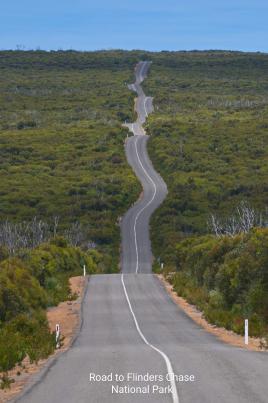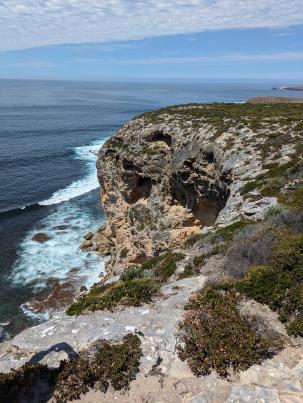Cape du Couedic Lighthouse & Trail
Flinders Chase National Park
Kangaroo Island, Australia
December 5, 2023
According to Lighthouses of Australia, the history of this lighthouse goes something like this….the first Europeans to arrive on Kangaroo Island in 1802 was a group led by Matthew Flinders looking for water and fresh meat (they’d been without for 4 months while on their journey). When they arrived to the island, they hunted the small kangaroos and that’s how the island was named.
A year later, a French explorer, Nicholas Baudin passed on the opposite side of the island naming the southwestern point Cape de Couedic after his friend and famous sea captain Charles Louis Chevalier du Couedic de Kergoualer (1740-1780). The need for a lighthouse in that area had been great for many years. In fact, there had already been three shipwrecks and 79 lives lost. But it wasn’t until 1902 that plans began to formulate for the construction of the lighthouse that stands today.
It's hard to imagine it took that long given that earlier lights had already been constructed to guide ships passing on the north side of Kangaroo Island, Cape Borda Lighthouse (1858) in the Investigator Strait and Cape Willoughby (1852) in the Back Stairs Passage. Cape du Couedic was built between 1906-1909 from over 2000 pieces of local stone.
The coastline off Flinders Chase shoreline has become the final resting place to 14 ships who had come in contact with the rocky shores.
The lighthouse became automated and officially demanned in 1957.
The trail leading away from the lighthouse and out to the rocky cliff line.
Even though regeneration is occurring in the park from the destructive bush fires in 2019/2020, you can still see the lingering damage to the tree lines in the distance.
















